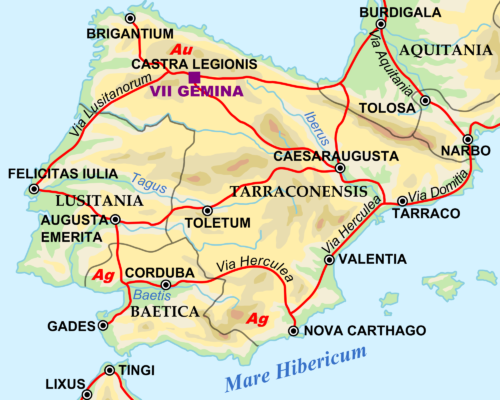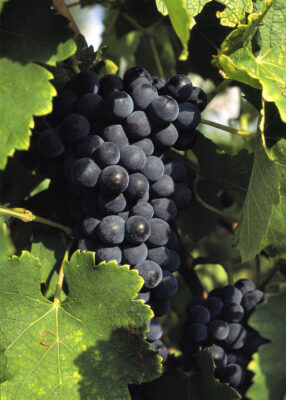Baby
Around 28 BC Aquitania is further stretched to the north by Emperor Augustus with the Bituriges Vivisci being incorporated in the province. A year later the Emperor orders the restructuring of the provinces in Gaul & Marcus Agrippa splits Gallia in three regions. Burdigala becomes the capital of Gallia Aquitania.


It is then that the first ever written mention about vine in the region or more likely about the lack of it, is recorded, when Strabo reports to Augustus that there were no vines into the region known as Burdigala and that wine for this seaport was being supplied by the high country region of Gaillac in the Midi-Pyrénées region.


The terrain of the region combined with the immediate access of the city to the Atlantic (and thus the British Isles) through the navigable estuary of the Gironde, seemed ideal for vine plantation to the Romans who preferred hillside terrains in regions near rivers and important towns & were already selling Roman wine to Gallic tribes in very high prices (a single amphora could worth the value of a slave).


The first Bordeaux wines were probably produced by vines brought from Spain, in particular from the Rioja vineyards (the ancient Balisca grape of the Rioja is considered the ancestor of the Cabernet family), followed by some of the abundant Midi indigenous vines like Ondenc, Fer Servadou & Duras, that continue to produce excellent wines to this day.




Very soon wine from Burdigala sufficed not only for the Romans & the Celts living in Aquitania but was also exported initially to Britain & the Roman soldiers who were stationed there and then even Italy itself. Pliny the Elder mentions plantings in Bordeaux in the mid 1st century AD while fragments of Amphorae have been discovered in Pompeii (destroyed by Mount Vesuvius in 79 AD) that mention Bordeaux wine. The capital of the Roman province of Aquitania flourished & grew bigger thanks to its wine & metals exports. Roman temples, an amphitheater, thermae & luxurious houses were built to accommodate the rising Romanized population.


During the years of the Severan dynasty(193 AD- 235 AD) the city’s economical & political importance was elevated due to both seaborne & land-based trade that flowed through the main Roman arteries of Via Aquitania which connected Mediterranean Narbonne with the Atlantic Ocean (it ended up in Burdigala) and Asturica Burdigalam connecting Hispania with Gallia.


The end of the 3rd century marked the end of the undisrupted & safe circulation of trade & people within the Roman Empire bringing a wave of raids by Germanic tribes, with the Vandals being the first to reach Roman Burdigala in 276 AD.



